BoE Chief Economist Andy Haldane said in a speech that the MPC minutes “contained no such signal” as it’s introducing negative rates in the near-term. The operational feasibility assessment of negative rates is “likely to take a number of months”. Then, judgement on negative rates will depend on the economic outlook. The decision would then depend on the balance of costs and benefits, , with comparison to other monetary tools.
“All three of these conditions would need to be satisfied before negative rates became a reality. At present, none of those conditions is in my view satisfied,” he added.
Haldane also urged that “encouraging news about the present needs not to be drowned out by fears for the future. Now is not the time for the economics of Chicken Licken”
“This is human nature at times of stress. But it can also make for an overly-pessimistic popular narrative, which fosters fear, fatalism and excess caution. This is unhealthy in itself but, if left unaddressed, also risks becoming self-fulfilling.”



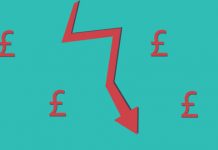
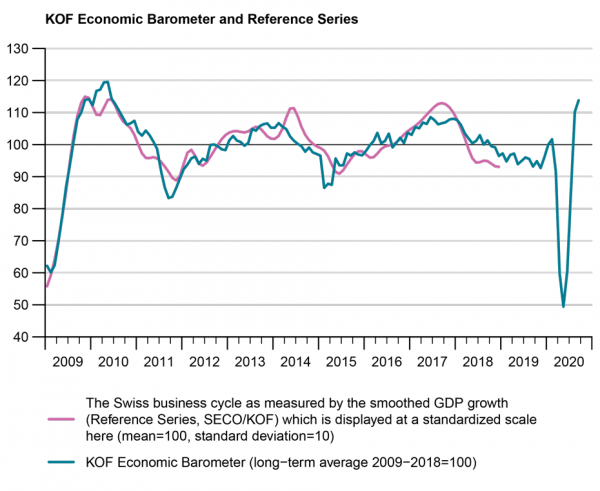
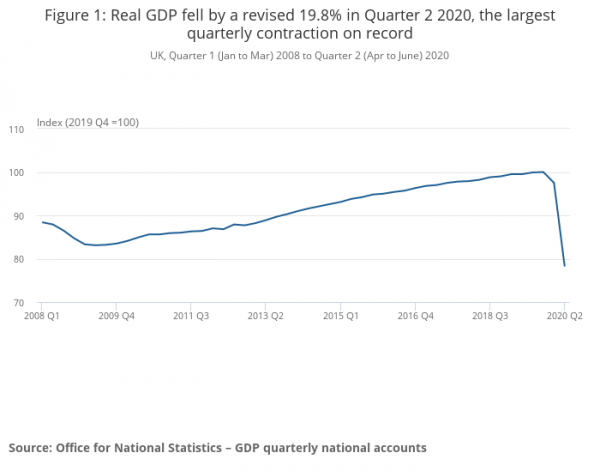
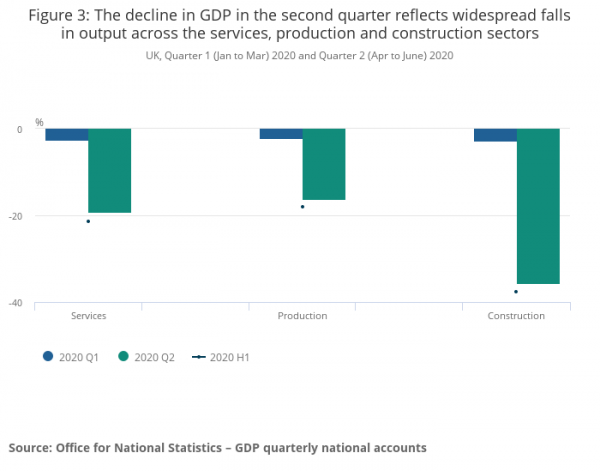
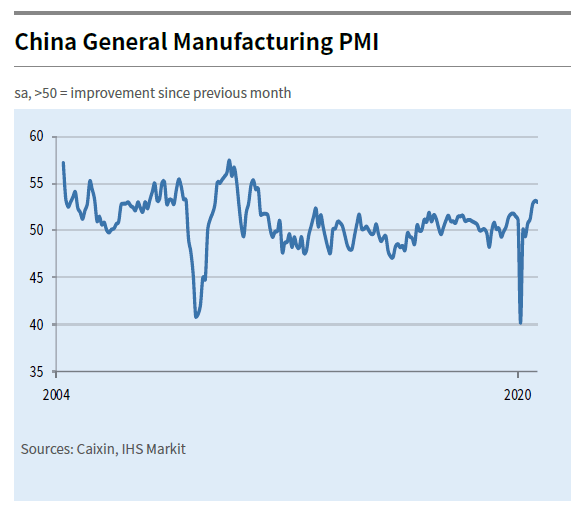
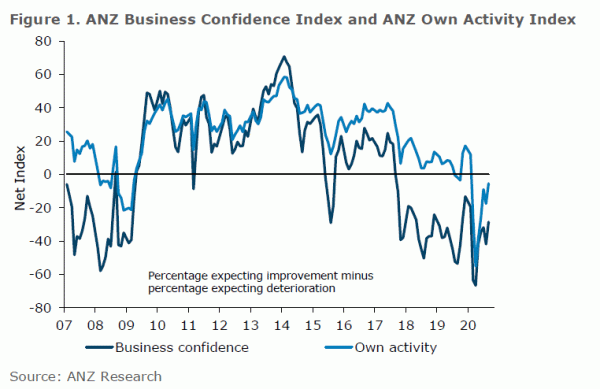
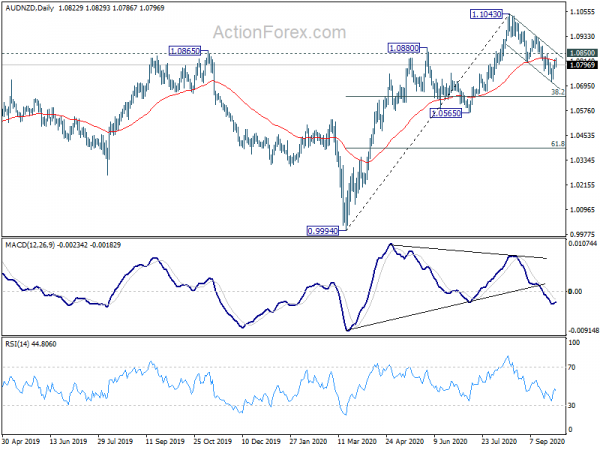
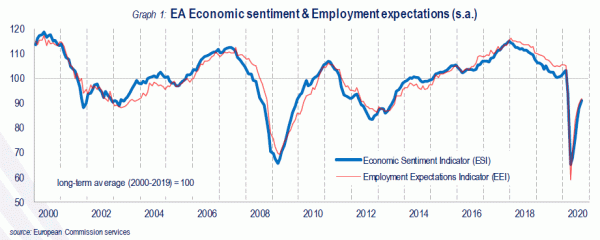
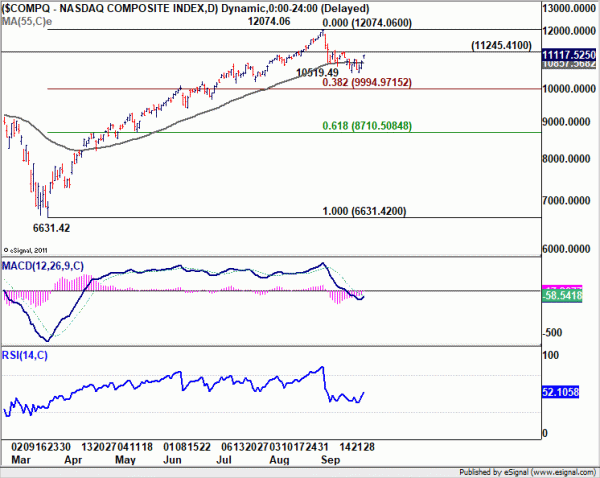

US ADP jobs grew 749k, but smaller businesses demonstrate slower growth
US ADP report showed 749k growth in private sector jobs in September, above expectation of 650k. By company size, small businesses added 192k, medium businesses 259k, large businesses 297k. By sector, goods-producing jobs added 196k, service-providing jobs 552k.
“The labor market continues to recover gradually,” said Ahu Yildirmaz, vice president and co-head of the ADP Research Institute. “In September, the majority of sectors and company sizes experienced gains with trade, transportation and utilities; and manufacturing leading the way. However, small businesses continued to demonstrate slower growth.”
Full release here.